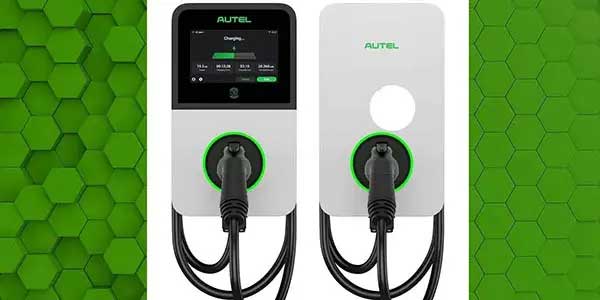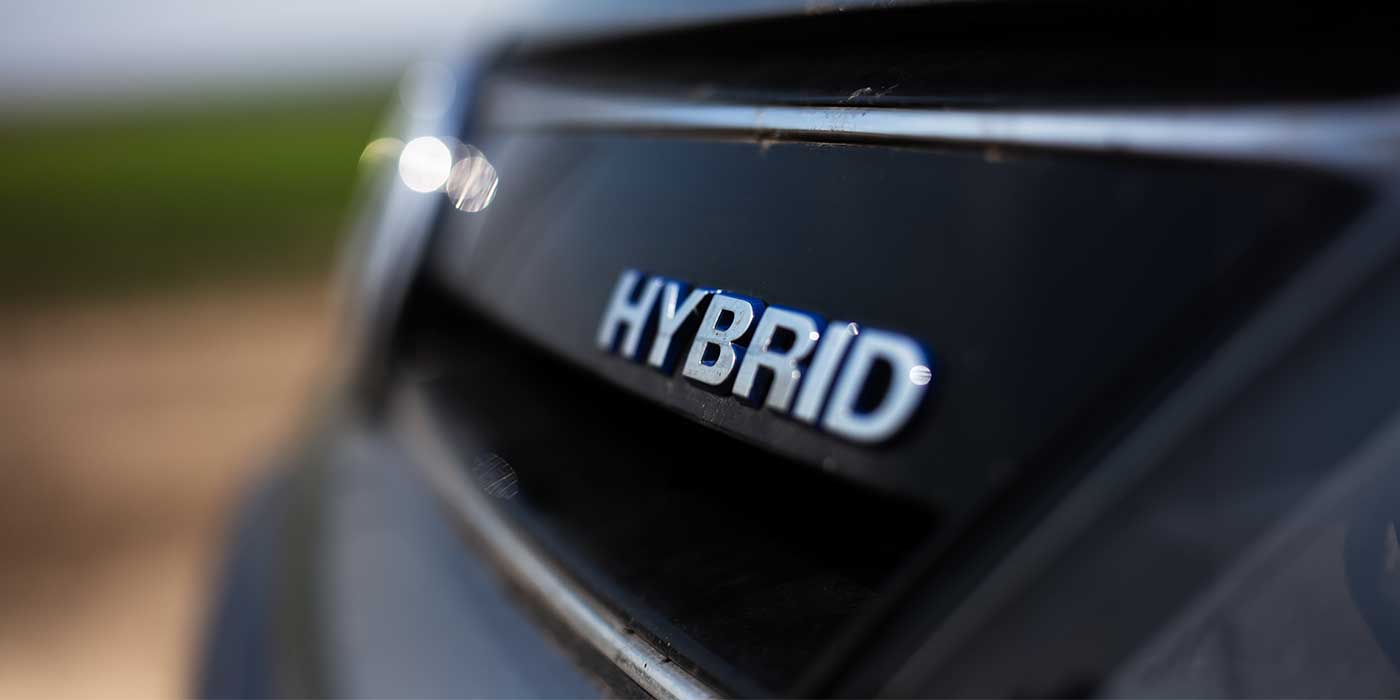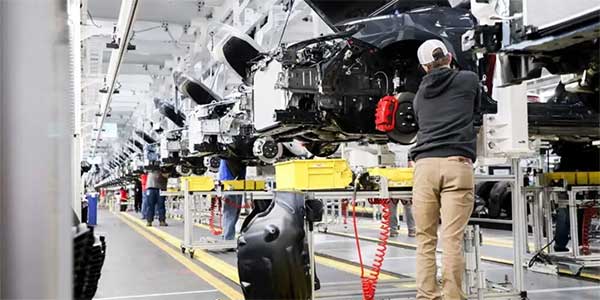As the automotive world moves through the early stages of 2023, it’s obvious that vehicle affordability will remain front and center as a primary topic among dealers, finance partners and OEMs, and a growing concern among car shoppers. Vehicle prices for both new and used vehicles spiked during the pandemic years mostly due to rapid changes between supply and demand. While prices have eased slightly entering 2023, especially for used, it remains a big factor for consumers, which could significantly impact the way they approach F&I choices when shopping for a vehicle.
Higher Vehicle Prices Will Drive F&I Options in 2023
Amid rising interest rates and increased vehicle prices, the share of new car buyers with a monthly payment of more than $1,000 has risen to a record high. Industry observers noted that slightly more than 15% of consumers who financed a new car in the last quarter of 2022 drove away with a monthly payment of $1,000 or more compared with 10.5% a year ago1.
Furthermore, the average price consumers paid for a new car in December set a new record of $46,382, according to analysis from J.D. Power and LMC Automotive. There are already some signs inflation is coming off its highs of 2022, but in the automotive world, sticker prices are up 2.5% compared with a year ago1.
The news on affordability is not much different for used vehicles. Even though prices were 8.8% lower in December compared with 2021, consumers are still paying more compared to historical depreciation patterns. Case in point, last month the average price for a used vehicle was $30,899, a $7,146 increase (or 30%) compared with the price consumers expected to pay when vehicle depreciation forecasts were originally established2.
The higher prices of both new and used cars means consumers may be more willing to making sure they keep their vehicles in top operating condition. The last thing consumers want is to face hefty repair bills on top of an expensive monthly vehicle payment. F&I product trends that are expected to be in focus in 2023 include both new and pre-owned vehicle service contract programs, GAP, ancillary and certified programs.
Dealers tend to gravitate toward certified programs, such as limited warranties, because they offer numerous options relative to eligibility, coverage and deductible options. Additionally, many certified programs offer dealers the opportunity to set themselves apart from their in-market competitors.
Ancillary programs such as tire & wheel, appearance protection and the like are in high demand because they protect key elements of the vehicle and can be added individually, or as part of a combination program to complement the coverage a vehicle service contract program provides.
Higher Prices May Mean More Focus on GAP Coverage
Since escalating and inflation-based prices are not expected to continue forever, changing vehicle values are also on the minds of many car shoppers. When a correction sets in, those who paid high car prices will be particularly at risk. As such, dealers today are taking a closer look at the type of GAP coverage they are making available for consumers.
Dealers and their F&I departments are making sure they are equipped with some of the most advanced GAP coverage, protection products and online resources they’ve ever had to better serve their customers through increased availability of offerings, particularly in digital retailing settings. These options will provide car shoppers with the ability to conduct better research online of the many different F&I products and offerings that uniquely cater to their vehicle shopping habits.
F&I Options for EV Cars and Trucks
Lastly, the continued rise in consumer demand for electric vehicles (EVs) means dealers will also be keeping a watchful eye on F&I programs that are best suited for these types of shoppers. F&I options for EVs need additional education and explanation for customers because of the different types of vehicles in the category.
Looking broadly at the types of EVs, there are electric vehicles that are fully electric from a battery (BEV); hybrid vehicles that have a combination gas and electric-powered engine (HEV); and a plugin hybrid that allows a driver to plug in the vehicle for an additional charge of the battery (PHEV). A fourth type of alternate engine that has become more common today is the mild hybrid, which is a gas-powered engine that has an automatic start-stop of the engine when the car is not in motion, such as sitting at a red light. It’s important that F&I managers have full comprehension of each type of vehicle, and it is therefore critical they can properly explain the differences in warranty coverage and service contract options to the customer.
F&I managers must take a consultative approach to any additional coverage or vehicle service contract options, especially if the customer plans to put a significant number of miles on their alternate fuel vehicle, or if they are planning to own the car for a longer period of time. Repairs and replacement parts can be three times the cost of a gas-powered vehicle, which makes the right protection plan increasingly important. Peace of mind will be top of mind for many customers who are unfamiliar with much of this new technology.
Each of these areas should be closely watched by dealers and their industry partners as 2023 moves forward. As the industry progresses, it will be important for dealers to make sure they have F&I partners who can help them drive flexibility and reliability in what they offer to customers to ensure long-term success and satisfaction.
1: https://www.cnbc.com/2023/01/04/share-of-car-buyers-with-monthly-payments-over-1000-hits-record-high.html
2: https://www.cnbc.com/2023/01/19/even-with-used-car-prices-falling-buyers-paying-7point1k-above-normal.html














